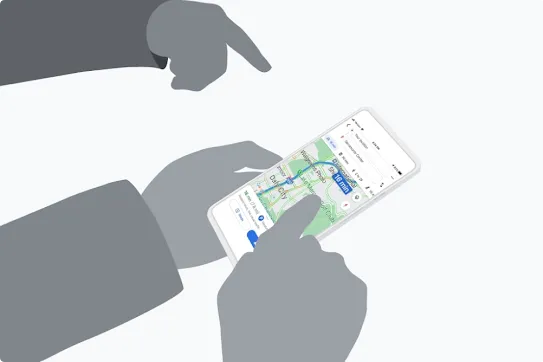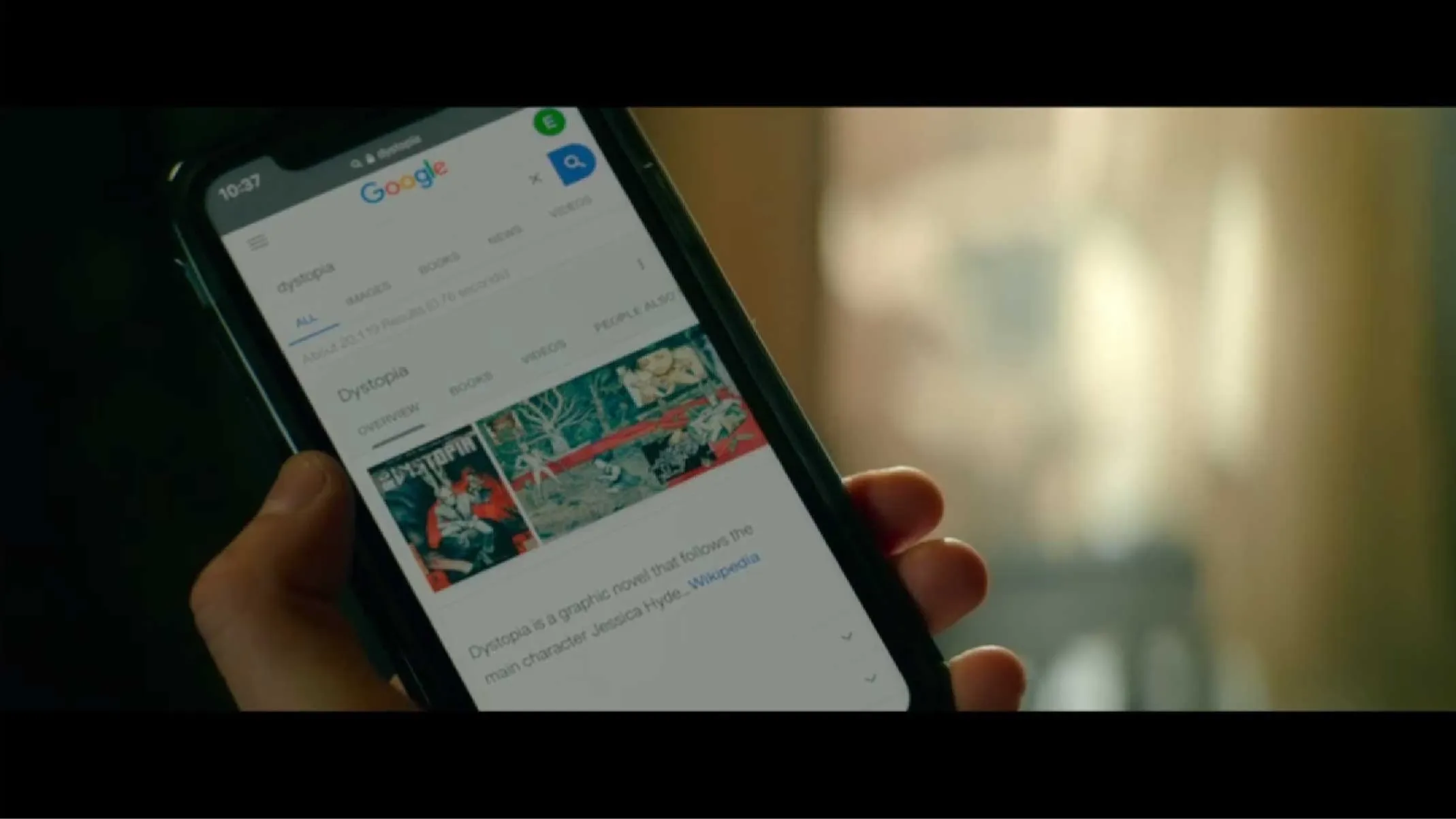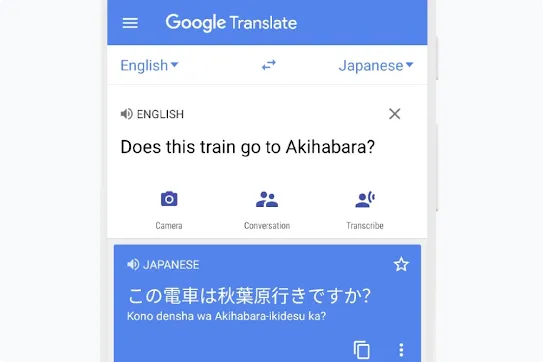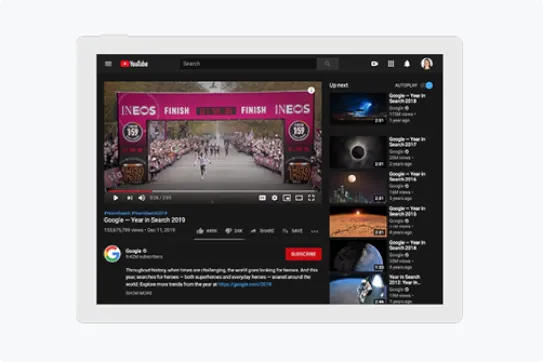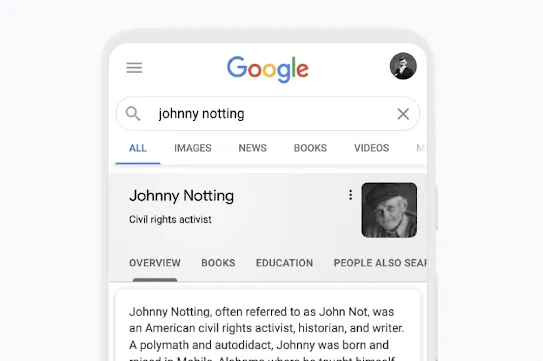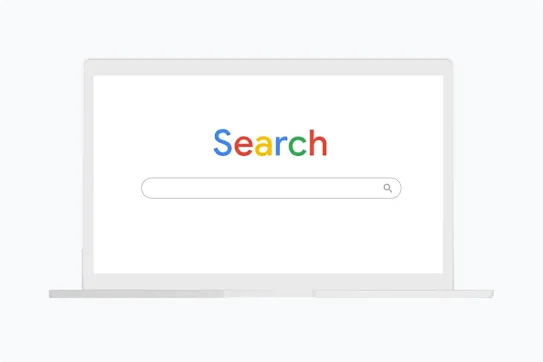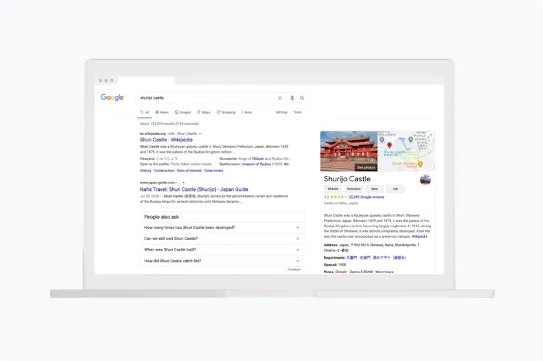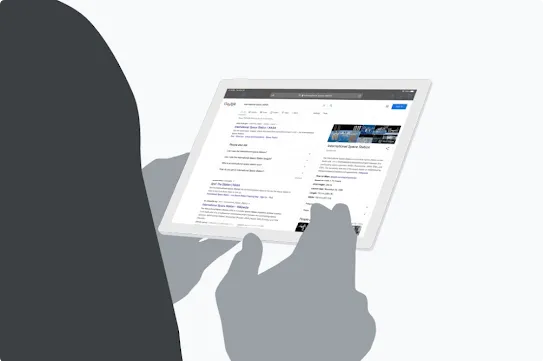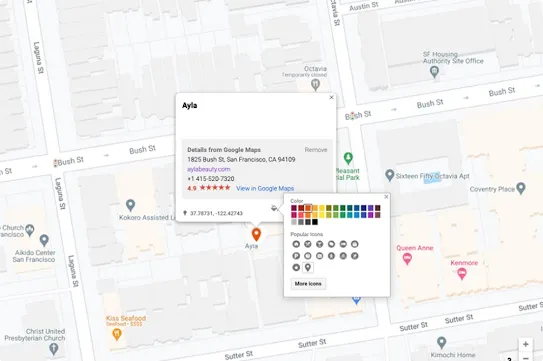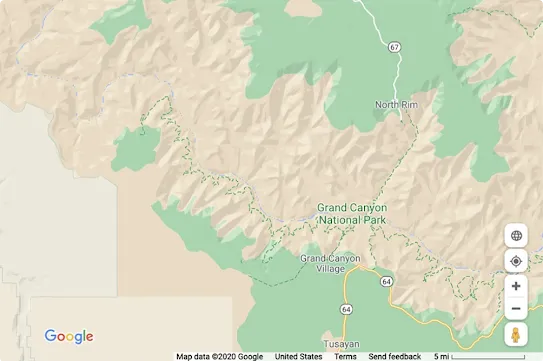General guidelines
These guidelines apply to all uses of Google brand elements (our products,
logos, and trademarks) in fictional or real-life entertainment and media, such
as TV, film, music videos, etc.
Please read the guidelines below before you submit your request.
Context
Context is key. We consider who’s using our products, how they’re being used,
and what they’re being used for when determining whether your usage is
appropriate or not. In general, you should show our products being used in a
natural, accessible, and relatable way. Don’t show our products being used in
unrealistic ways or being portrayed as scary or dangerous.
We won’t approve any submission requests that show our products being used in
connection with drugs, adult or explicit content, violence, illegal
activities, armed weapons, or hate speech. You may also not show our products
being used in ways that violate our
terms of service.
